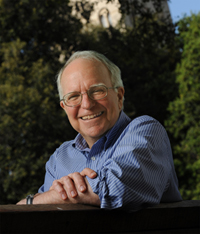

Research
BPEA | 1971 No. 1
1971, No. 1
THE LAST YEAR HAS SEEN A STRIKING reversal in conditions in the market for highly trained professional and technical workers. Throughout the decade of the 1960s, demand in this market was brisk, to say the least. Employment grew faster here than in any other basic occupational group; it increased by 53 percent from January 1960 to January 1970, far more than the 21 percent gain in total employment during the decade. Unemployment rates of professional and technical workers remained low throughout the decade. After May 1963, the unemployment rate remained below 2 percent, and in April 1968 it actually dropped below 1 percent. Suddenly in 1970, and even more dramatically in 1971, the situation changed. The growth in employment ceased almost entirely: On a seasonally adjusted basis, there were 11,064,000 professional and technical employees in January 1970 and 11,132,000 in December 1970. The unemployment rate jumped to 2.2 percent in March 1970 and reached 3.4 percent in March 1971, the highest level recorded since this series becamea vailable in 1958. In this brief note I will discuss three coincident forces that have combined to bring about this situation: the general cyclical contraction in the economy, specific reductions in the demand for professional and technical labor, and a substantial increase in the supply of highly trained workers. After attempting to measure some of the separate effects of these forces,I will mention some of the ways by which the market will regain equilibrium.